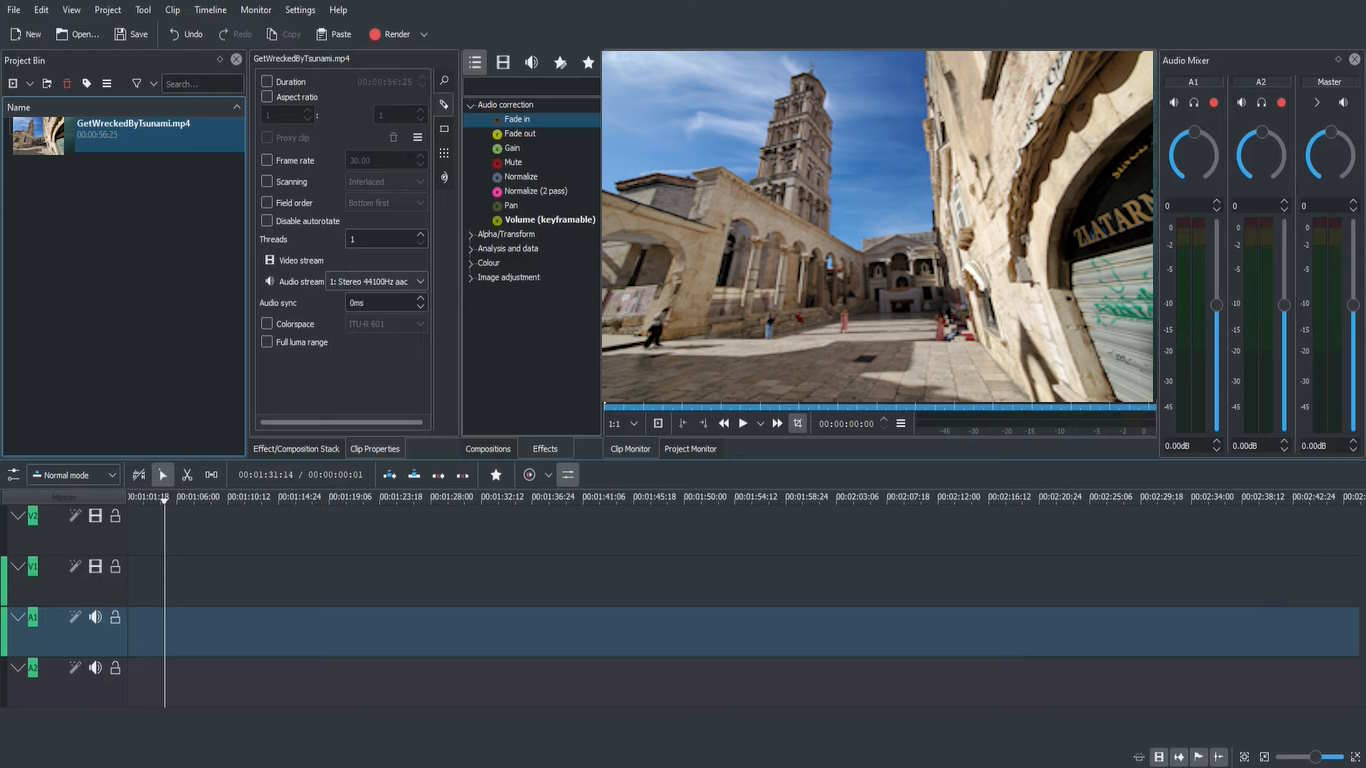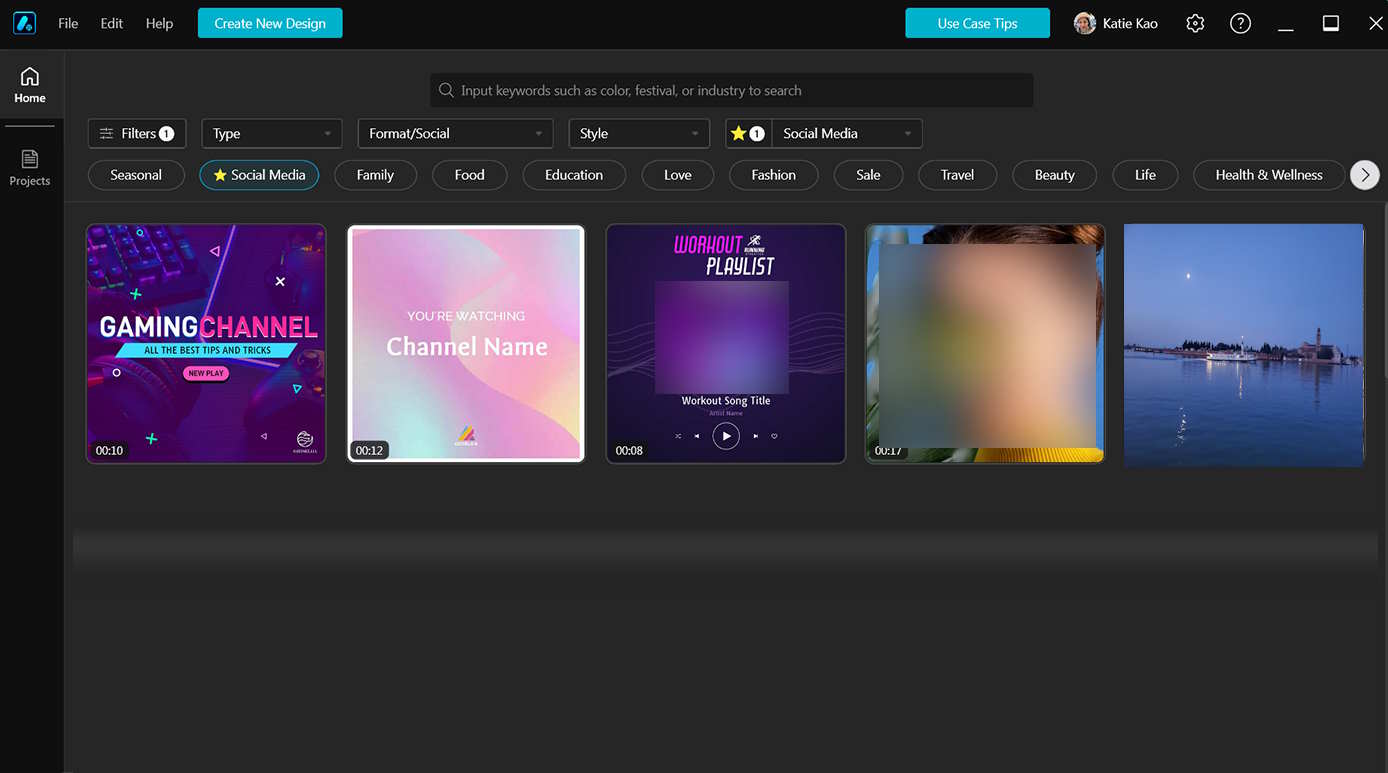Benefits of using Audio Upmix AI
In the fast-paced world of audio production, utilizing AI technology like Audio Upmix AI can provide a wide array of benefits for professionals seeking to enhance their workflows. One of the primary advantages of implementing Audio Upmix AI is the ability to efficiently convert stereo audio into immersive surround sound, creating a more engaging auditory experience for listeners. By leveraging sophisticated algorithms, Audio Upmix AI can analyze and expand the audio content, resulting in a more spacious and dynamic soundstage.

Moreover, utilizing Audio Upmix AI tools can significantly streamline the audio production process, allowing for quicker turnaround times and increased productivity. The automation and precision offered by Audio Upmix AI can help reduce manual labor and human error, leading to more consistent and high-quality results. This can be especially beneficial for professionals working on tight deadlines or juggling multiple projects simultaneously.
Additionally, Audio Upmix AI can open up new creative possibilities for audio professionals, allowing them to experiment with different spatial audio formats and techniques. By harnessing the power of AI technology, professionals can explore innovative sound design approaches and push the boundaries of traditional audio production.
Overall, the benefits of using Audio Upmix AI are vast and varied, offering improved efficiency, enhanced creativity, and a more immersive audio experience for both content creators and audiences alike. By incorporating Audio Upmix AI into their workflows, professionals can stay ahead of the curve and deliver cutting-edge audio content that stands out in today’s competitive media landscape.
Top Audio Upmix AI Tools
In the world of audio production, leveraging the power of Artificial Intelligence (AI) has become essential for creating high-quality sound. When it comes to upmixing audio, there are several top tools that stand out for their advanced capabilities and user-friendly interfaces.
- iZotope RX 8 Advanced: iZotope is a well-known name in the audio industry, and their RX 8 Advanced software is a top choice for upmixing AI. With features like machine learning algorithms and advanced signal processing, this tool can seamlessly enhance the quality of your audio files.
- Avid Pro Tools: Avid Pro Tools is a popular choice among professionals for its robust set of features, including upmixing capabilities. With intuitive controls and compatibility with various audio formats, Pro Tools is a reliable tool for implementing AI-based upmixing in your workflow.
- Dolby Atmos Production Suite: For those looking to create immersive audio experiences, the Dolby Atmos Production Suite is a top-notch tool for upmixing AI. With support for object-based audio and advanced spatial audio processing, this software is ideal for bringing a new level of depth to your sound productions.
By incorporating these top Audio Upmix AI tools into your production process, you can take your audio projects to the next level with enhanced clarity, depth, and immersive soundscapes. Whether you are a seasoned professional or just starting in the world of audio production, these tools will help you achieve outstanding results with ease.
A step-by-step guide to using Audio Upmix AI
Using Audio Upmix AI can significantly enhance the quality of your audio production by transforming stereo sound into immersive surround sound. Here is a step-by-step guide to help you effectively implement Audio Upmix AI in your workflow:
- Select the right software: Begin by choosing a reputable Audio Upmix AI tool that aligns with your project requirements. Look for features such as customization options, real-time processing, and compatibility with various audio formats.
- Import your audio files: Once you have selected your preferred Audio Upmix AI software, import your stereo audio files into the program. Ensure that the files are high-quality to achieve the best results.
- Adjust the settings: Explore the different settings and parameters offered by the Audio Upmix AI tool. Adjust the settings according to your preferences and the type of audio you are working with.
- Initiate the upmixing process: Start the upmixing process by running the Audio Upmix AI tool on your imported audio files. Allow the software to analyze and enhance the audio to create a realistic surround sound experience.
- Preview and fine-tune: Once the upmixing process is complete, preview the output to assess the quality of the surround sound. Make any necessary adjustments or fine-tuning to achieve the desired audio effect.
- Export the upmixed audio: Finally, export the upmixed audio files in the desired format and resolution. Ensure that the files are saved in a high-quality format to preserve the integrity of the surround sound.
By following this step-by-step guide, you can effectively utilize Audio Upmix AI to elevate the audio quality of your productions and deliver an immersive listening experience to your audience.
Choosing the right software for Audio Upmix AI
UniFab Audio Upmix AI is a powerful tool that can enhance your audio to 8-Channel DTS 7.1 Surround Sound, providing a premium audio experience. With advanced AI technology, it intelligently distributes audio across channels for an immersive viewing experience. The user-friendly interface makes it easy to use, with automatic settings management. It also offers a trimming function to remove unnecessary parts of your video and advanced editing capabilities to customize sound effects. With accelerated processing speed and seamless integration with DVDFab/StreamFab, UniFab Audio Upmix AI is the perfect solution for elevating your audio quality.
UniFab 音声アップミックス AI features:
- Enhance audio quality by converting it to 8-Channel DTS 7.1 format.
- User-friendly interface designed for easy operation by beginners.
- Streamlined trimming function for easy and efficient editing.
- Video editing capabilities including cropping and sound adjustment to cater to individual preferences.
- Experience lightning-fast processing speed with GPU acceleration for 50 times faster performance.
Take advantage of the 30-day trial period to download and test our product without any cost. Give it a try with full confidence at no risk.

Maximizing Efficiency with Audio Upmix AI
Audio Upmix AI technology has revolutionized the way audio professionals approach sound mixing and production. By utilizing powerful algorithms and machine learning capabilities, Audio Upmix AI tools can enhance audio quality, spatial awareness, and overall immersion in a way that was previously only possible through manual labor.
To maximize efficiency with Audio Upmix AI, it is crucial to understand how to leverage these tools effectively within your workflow. One key strategy is to automate repetitive tasks such as audio enhancement and spatial positioning, allowing you to focus on more creative aspects of your project.
Another way to boost efficiency is to explore the customization options available within your chosen Audio Upmix AI software. By fine-tuning parameters and settings, you can achieve optimal results tailored to your specific needs and preferences.
Additionally, integrating Audio Upmix AI into your production process from the beginning can streamline your workflow and save time in the long run. By setting up templates and presets, you can quickly apply Audio Upmix AI enhancements across multiple audio tracks with minimal effort.
Overall, maximizing efficiency with Audio Upmix AI requires a combination of technical know-how, creative vision, and strategic planning. By leveraging the full capabilities of these revolutionary tools, you can elevate the quality of your audio production while saving time and resources in the process.
Key features to look for in Audio Upmix AI tools
When it comes to choosing the right Audio Upmix AI tool for your workflow, there are several key features to consider.
First and foremost, you’ll want to look for a tool that offers high-quality upmixing capabilities. This means the software should be able to effectively analyze and enhance the audio, creating a seamless and natural sound experience.
Another important feature to look for is the ability to customize the upmixing process. The best Audio Upmix AI tools will allow you to adjust settings such as surround sound levels, spatial imaging, and spectral balance to tailor the upmix to your specific needs.
Additionally, it’s essential to choose a tool that offers compatibility with a wide range of audio formats. This will ensure that you can easily integrate the upmixed audio into your existing projects without any compatibility issues.
Lastly, consider the user interface and ease of use of the Audio Upmix AI tool. Look for a software that is intuitive and user-friendly, making it easy for you to navigate and utilize its features without any technical headaches.
By keeping these key features in mind, you can ensure that you select an Audio Upmix AI tool that enhances your audio production process and delivers exceptional results.























